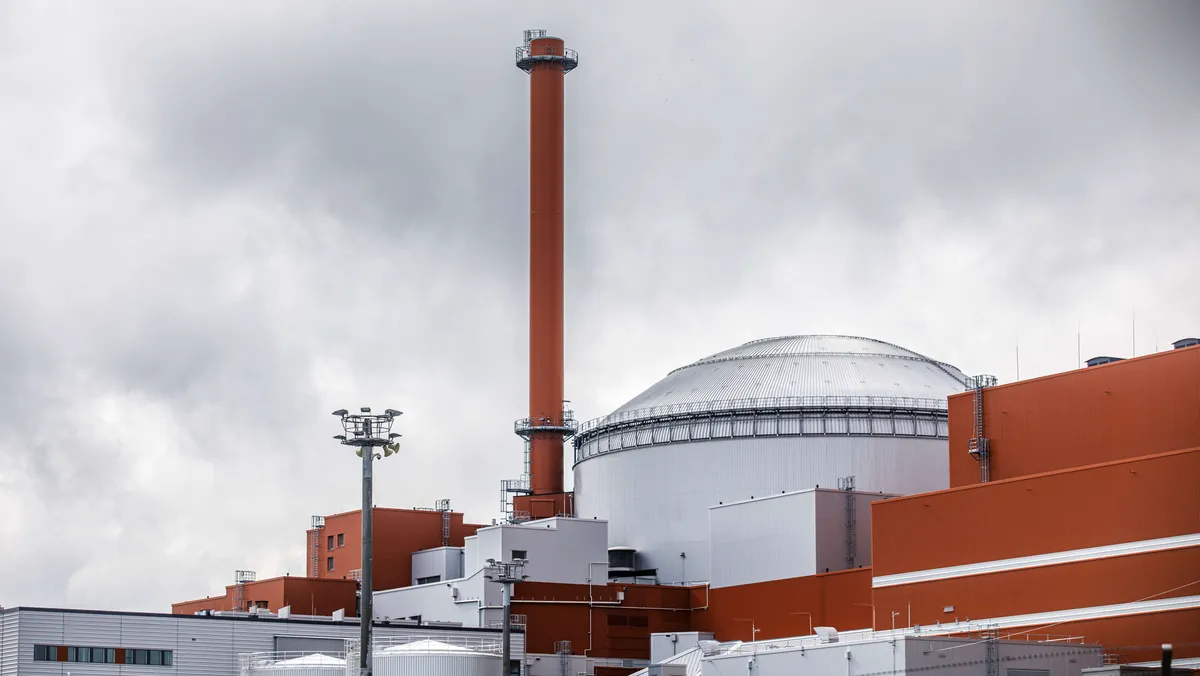Finnish households consume electricity like the last day, and that’s not a good thing. We use electricity almost three times more than EU average. In Finland, electricity was used most of the EU countries per capita-4.1 megawatt hours, or 4100 kilowatt hours. Only Sweden is close to us in a 3.9 megawatt class.
Even Eurostat’s new statistics Sure, they tell the past saga, but there have been no major changes in the use of Finns in recent years. In Finland, electrification is already advanced and the transition to clean energy production.
This is one of the stone legs of sustainable growth for Finland like an energy giant Waterfall In its new electricity market review, vision.
Civil infrastructure is destroyed by sadness
However, there is a nasty downside. Russia is going to the war in Ukraine for the fourth year. If and when the war ever ends, warnings along Europe have been refreshed by the fact that after Ukraine, in the Russian target within a few years, a clash with a NATO country.
Whether the warnings are oversized or not, they also affect Finland. A good example of that is Petteri Orpo (IOC) Government proposal for radical growth of the Finnish defense budget by several billion euros to prepare for a threat from the East.
Russia’s ruthless bombing of civilian infrastructure and energy management in Ukraine tells me in concrete terms how preparedness affects society as a whole in crises and war.
Therefore, the fact that electricity already plays a greater role as an energy source than in most other EU countries, clearly raises Finland’s risks in a crisis situation.
A few years ago, the Service Security Center estimated that although the use of oil and gas in electricity and heat production has significantly decreased, their importance as a backup fuel for security of supply is even growing in the next few years.
Energy palette had previously been more versatile
This same problem now also applies to the end of coal. In the past, the asset of Finnish energy supply has been versatility when electricity and heat have been made with fossil fuels from peat to coal, bio-based wood chips, energy trees, nuclear and wind power, and water and solar power.
For peat, the discussion remained on the starting racks.
Now this palette has clearly narrowed due to the energy breakthrough that has occurred without widespread political debate. For peat, the discussion remained on the starting racks. However, Finland’s geopolitical position is quite different from five years ago.
Now, it would be time for the new discussion and new decisions to improve maintenance and crisis capacity.
